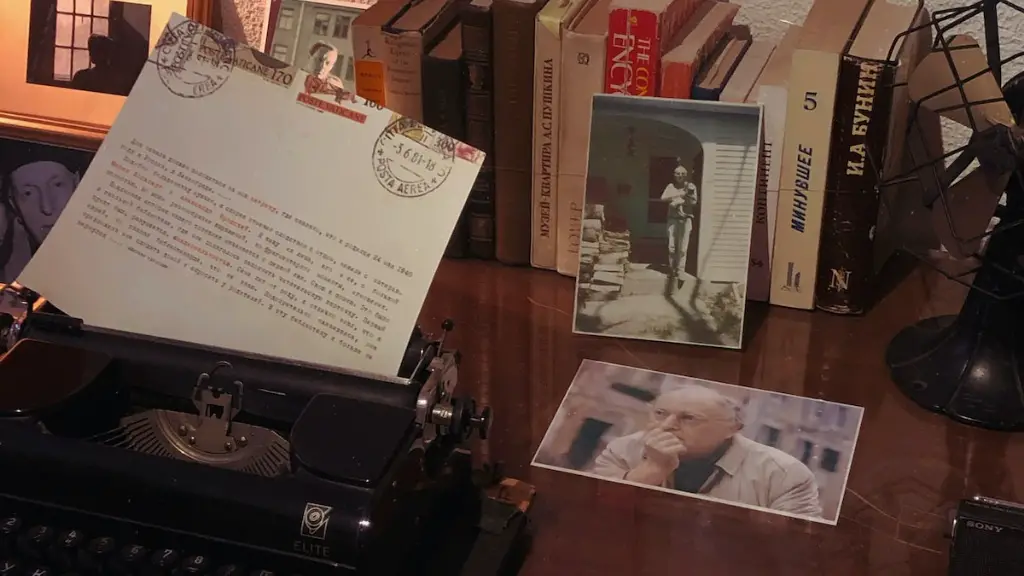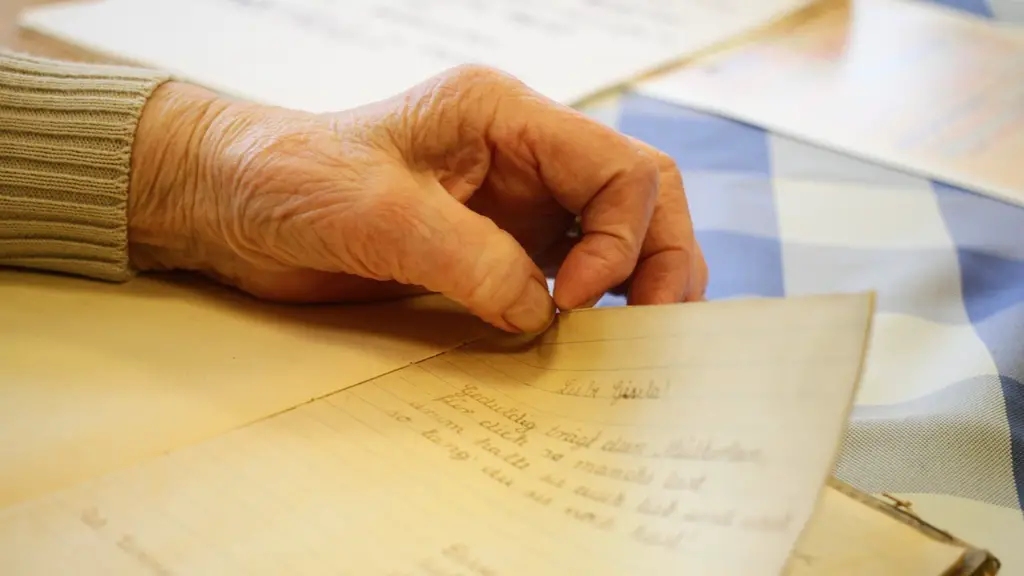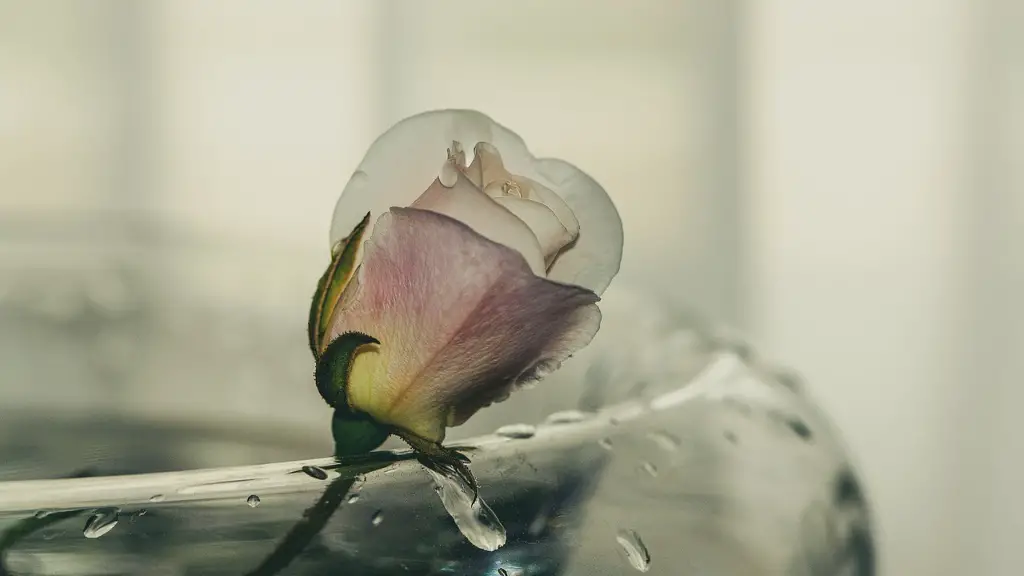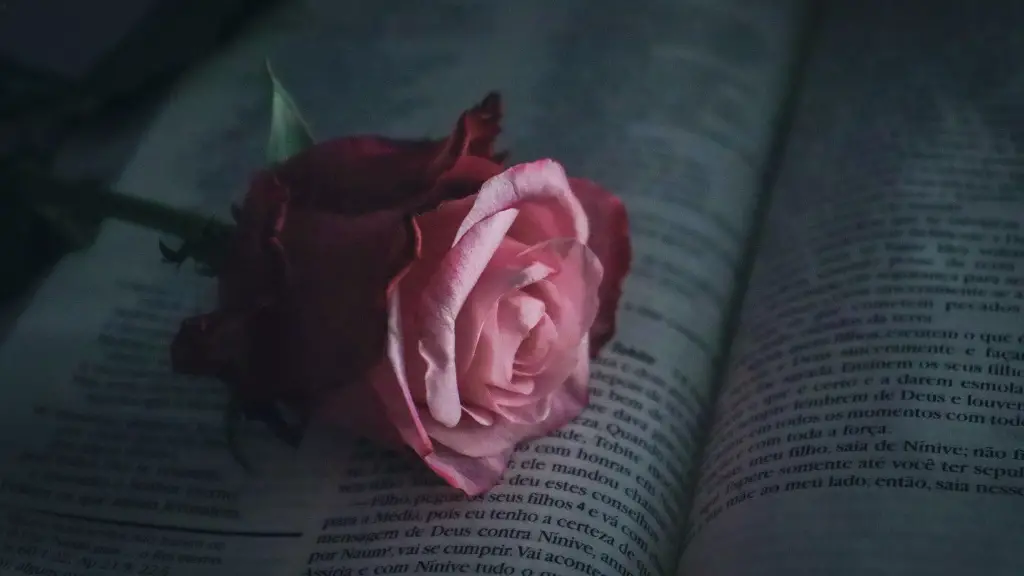Onomatopoeia, is a term derived from the Greek language, which means creating a name from a sound. In poetry, this device is used to create a vivid picture in the readers mind. It is an effective way to draw attention to certain sounds and ideas. By making use of sound and rhyming words, the words can be enhanced and give the poem a more interesting and unique style.
When it comes to the use of onomatopoeia in poetry, it is important to be aware that it is not limited to a single word. Rather, a poet may use a combination of words, both real and invented, that imitate the sound of a subject. An example of this type of onomatopoeia is the phrase “buzzing bee”. The “zzzz” sound of the bee is evident in this phrase and adds an interesting element to the poem.
Poets also use onomatopoeia to enhance the emotion and feeling of a poem. This may be done through the use of sounds or words that are associated with emotions, such as “tears” or “screams”. These words can evoke images and feelings in the reader which can be further enhanced by the poet’s choice of words and expressions. For example, a sad poem may use the onomatopoeia “sob” to add a feeling of sorrow and despair.
Furthermore, poets may use onomatopoeia to explore certain rhythmic patterns. This is done mainly through words that have a similar sound as the theme of the poem. For example, a poem about the sound of nature may include words such as “breeze” or “rustle” in order to create a more harmonious feel to the poem. In doing so, the poet is able to bring the poem more to life by making it sound as if nature itself is speaking.
In conclusion, onomatopoeia is an effective tool that a poet can employ in order to enhance the poet’s words and create a vivid image or feeling in the minds of the readers. By using this device, the poet is able to make his or her poem stand out and attract readers who may otherwise not be attracted to it.
Exploring Different Types of Onomatopoeia
When discussing the use of onomatopoeia in poetry, it is important to be aware of the different types of onomatopoeia that can be used. For example, there are three main categories: natural, artificial and figurative. Each of these can be used to create a different effect in a poem.
Natural onomatopoeia is the most direct form of onomatopoeia. What makes this form of onomatopoeia so effective is that the words used directly imitate a sound from nature. Common examples of natural onomatopoeia are “buzz”, “howl” and “roar”. These words can be used to evoke a vivid picture for a reader.
Artificial onomatopoeia is a type of onomatopoeia that is created by the poet and does not imitate any sound from nature. Instead, this type of onomatopoeia is used to express a particular idea or feeling. For example, a poet may use words such as “swish” or “flutter” in order to create a feeling of lightness or movement.
Finally, figurative onomatopoeia is used in order to convey a particular feeling. For example, a poet may use words such as “chatter” or “groan” in order to create a sense of excitement or sorrow. By carefully choosing the right type of onomatopoeia, a poet can create an atmosphere that resonates with the reader.
Finding the Right Words for Onomatopoeia
When looking for the right words for onomatopoeia in poetry, it is important to remember that words that directly imitate sounds from nature are typically the best option. By using words that are recognized and familiar to readers, the poet can create a more vivid image and create a sense of familiarity. Additionally, it is important to choose words that accurately describe the sound or idea that is being expressed. In order to do this, the poet must also carefully consider the context in which the words are being used.
Another important factor to consider when choosing words for onomatopoeia is their sound. Rhyming words are often the best choice because they can create a more interesting and unique sound in the poem. By employing rhymes, the poet can further engage the reader and add a greater depth to the poem. Talking with an editor or professional poet can also be beneficial to help gain a better understanding of the best words to use for onomatopoeia.
Using Onomatopoeia to Create Atmosphere
When it comes to using onomatopoeia in poetry, it is important to consider how the words will affect the atmosphere of the poem. The atmosphere of a poem can be greatly impacted by the words and phrases used. For example, an angry poem may include words such as “screech” or “howl”, while a happy poem may include words such as “giggle” or “sing”. By carefully selecting words that accurately reflect the emotion of the poem, the poet can create an emotional atmosphere that resonates with the readers.
Furthermore, words relating to other senses such as smell, touch, or taste can also be included in the selection. For a poem about the smell of freshly cut grass, for example, the words “dewy” or “fragrant” can be used to create a feeling of freshness and brightness. In this way, a poet can create an atmosphere that readers can connect with on a deeper level.
Exploring Literary Device of Onomatopoeia
In addition to the use of onomatopoeia in poetry, this device can also be used in other forms of literature. For example, this literary device is often used in children’s stories in order to make the story more fun and entertaining. This is done mainly through words such as “boom”, “bam” and “rip”, which evoke a sense of excitement in young readers.
Moreover, onomatopoeia can also be used in speeches and other forms of public address. Many public speakers use onomatopoeia to emphasize a point and connect with the audience. By building dramatic tension and deliberating chosen words, the speaker is able to command the attention of the audience and create a powerful atmosphere.
Additionally, onomatopoeia is also often used in song lyric, where it can be used to enhance the emotion and feeling of the song. Words such as “swish”, “clap” and “echo” can create a lively atmosphere that appeals to the listeners.
Improving Onomatopoeia in Poetry
There are several ways that a poet can improve the use of onomatopoeia in their work. Firstly, it is important to consider the context in which onomatopoeia is being used. For example, a poet may choose to use a word that imitates a particular emotion. By carefully considering the words used, the poet can ensure that the onomatopoeia accurately reflects the emotion of the poem.
Additionally, it is also important to consider the sound of the onomatopoeia. This is done by avoiding words that have a harsh or jarring sound, as this can have a negative effect on the poem. Instead, the poet should opt for words that have a softer or more pleasant sound. This can add to the atmosphere of the poem and make it more enjoyable for the reader.
Finally, it is also important for poets to practice writing with onomatopoeia. By practicing different styles and techniques, the poet can gain a better understanding of how to effectively use this device. Furthermore, the poet may also consider talking with an editor, professional poet or writing mentor to gain further insight into improving the use of onomatopoeia in their work.




